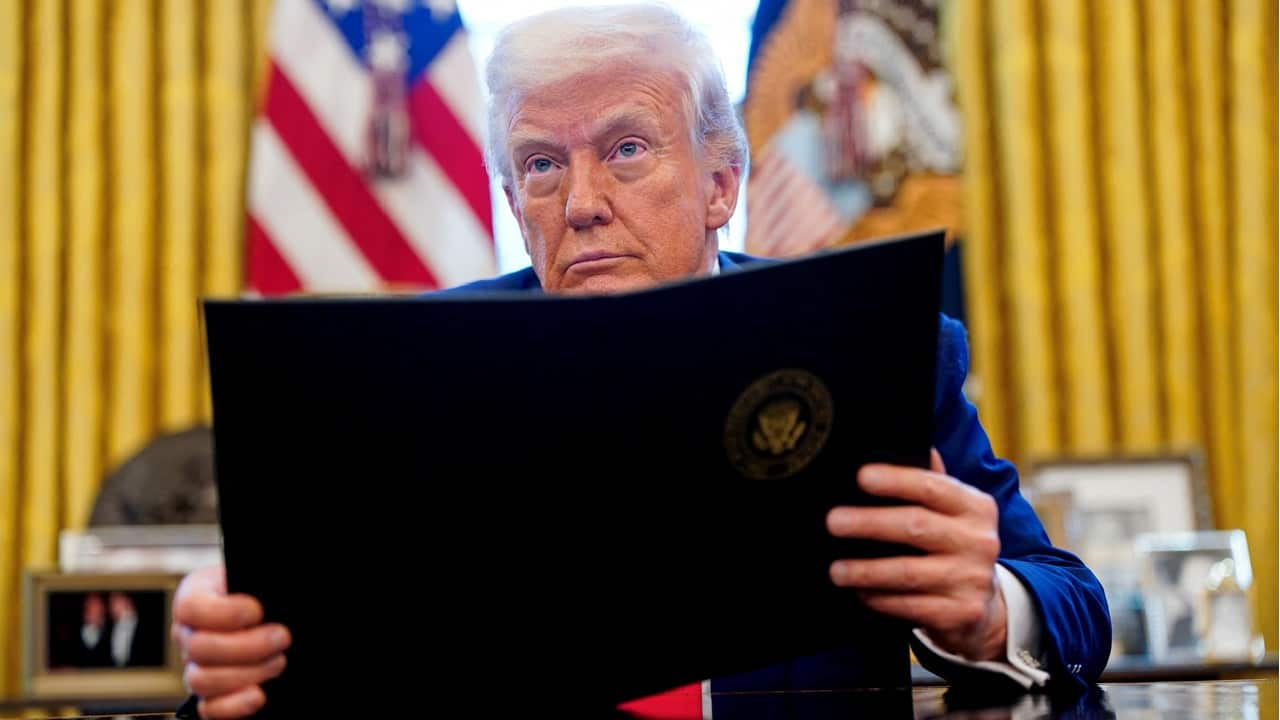BEST sees 10% drop in ridership after fare hike; commuters shift to share autos
Experts attribute the drop not only to summer vacations but also to the increased affordability of alternative transport. The fare hike disproportionately affects lower-income individuals, potentially leading to increased traffic and pollution.

The average daily BEST ridership dropped by at least 10 per cent, and crowds reduced at some of the stops after the hike in bus fares from May 9, sources in the undertaking said on Wednesday. There is also fear of migration of commuters to other modes of transport, such as share autos, whose fares are on par with those of BEST, the sources stated.
While BEST officials told TOI that the drop in ridership is 'mainly due to the summer vacation period when citizens are on leave,' experts from Mumbai Mobility Forum and citizens' group Aamchi Mumbai Aamchi BEST (AMAB) said that migration of bus commuters to share autos and share taxis cannot be ruled out. The minimum bus fare, after hikes, is ₹10 for non-AC and ₹12 for AC. In comparison, the minimum share auto fare is ₹10.
'Several commuters, frustrated after waiting for buses for 40 minutes, do not mind switching to share autos at the same price from the railway station to Swapna Nagri in Mulund Hills,' said Mulund resident Bharat Soni.
In a tweet on Wednesday, Hillside Residents Welfare Association said: 'The majority of commuters affected due to fare hike are maids, security guards, workers, senior citizens, and middle-class office goers. Today, they also do not mind paying ₹3 extra (₹15) for a share auto fare instead of waiting for 20 minutes for a bus.'
A senior member of AMAB said that in the past, there was huge ridership due to affordable fares, which were the lowest compared to other modes of transport (₹5 for non-AC and ₹6 for AC buses for a minimum 5 km distance).
'The previous experiences with fare hikes have shown that commuters shift to alternative modes of transport like share autos and taxis. This shift creates additional traffic congestion and increases pollution levels in the city. A section of commuters were also in favour of hikes,' he pointed out.
Transport analyst Hussain Indorewala said, 'Public transport in Mumbai needs proper govt funding and support to maintain its essential service. The current trend of privatisation has resulted in poor maintenance, inadequate staff training, and reduced route coverage. These issues directly affect the working-class population who depend on affordable public transport.'
Ashok Datar from Mumbai Mobility Forum said, 'I visited Mahim bus station and saw that there were fewer passengers and the number of buses is also ridiculously low.'
- Published On May 15, 2025 at 09:51 AM IST











